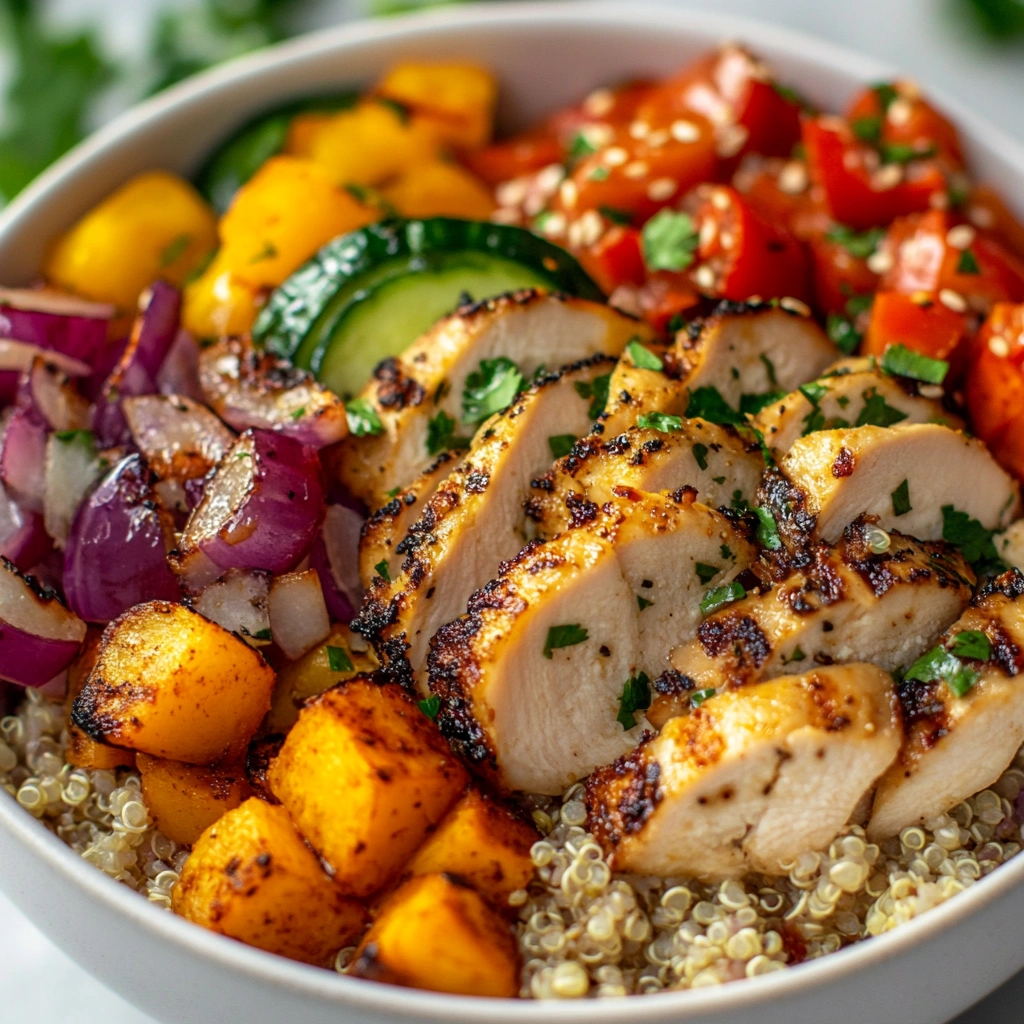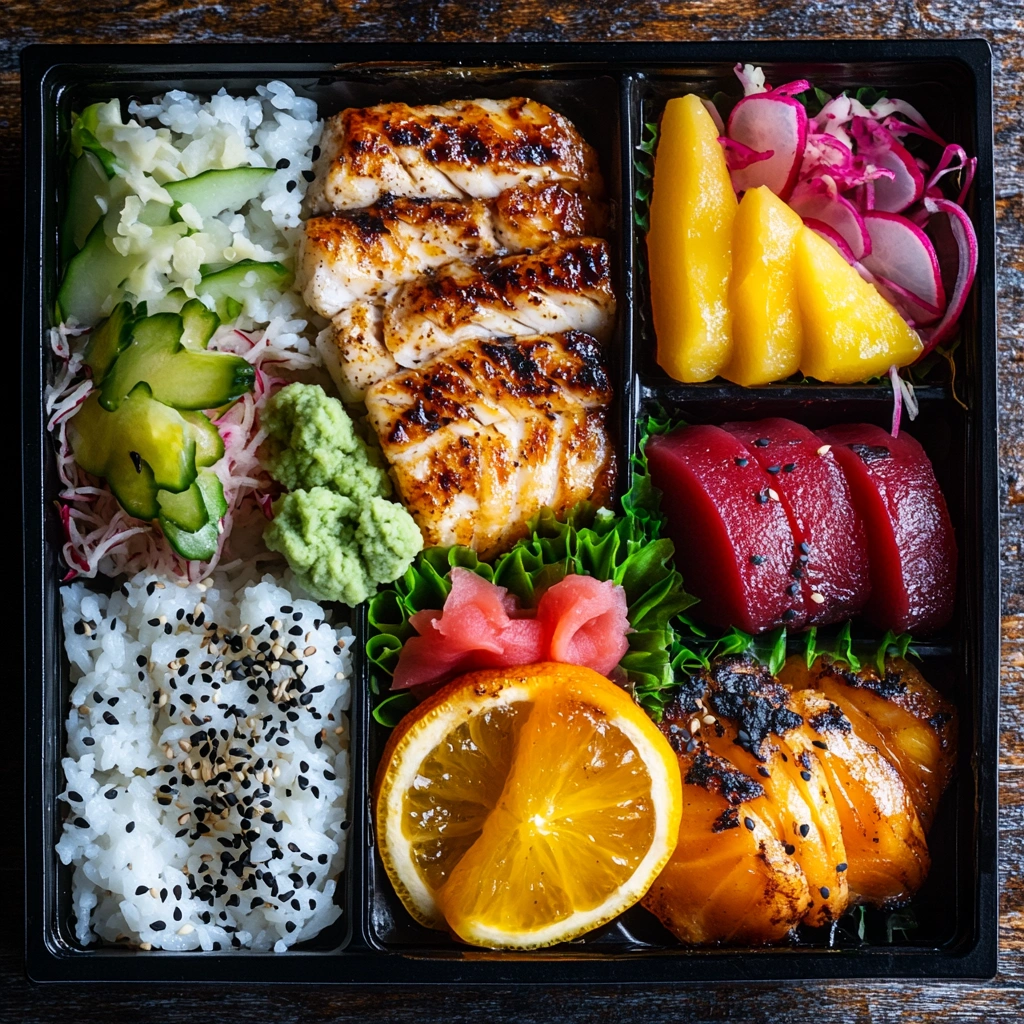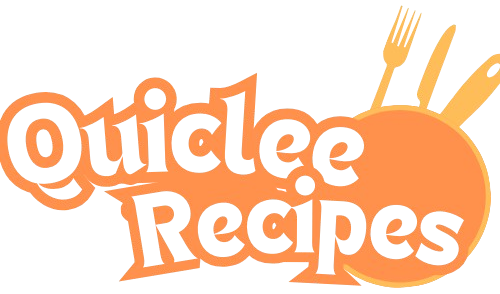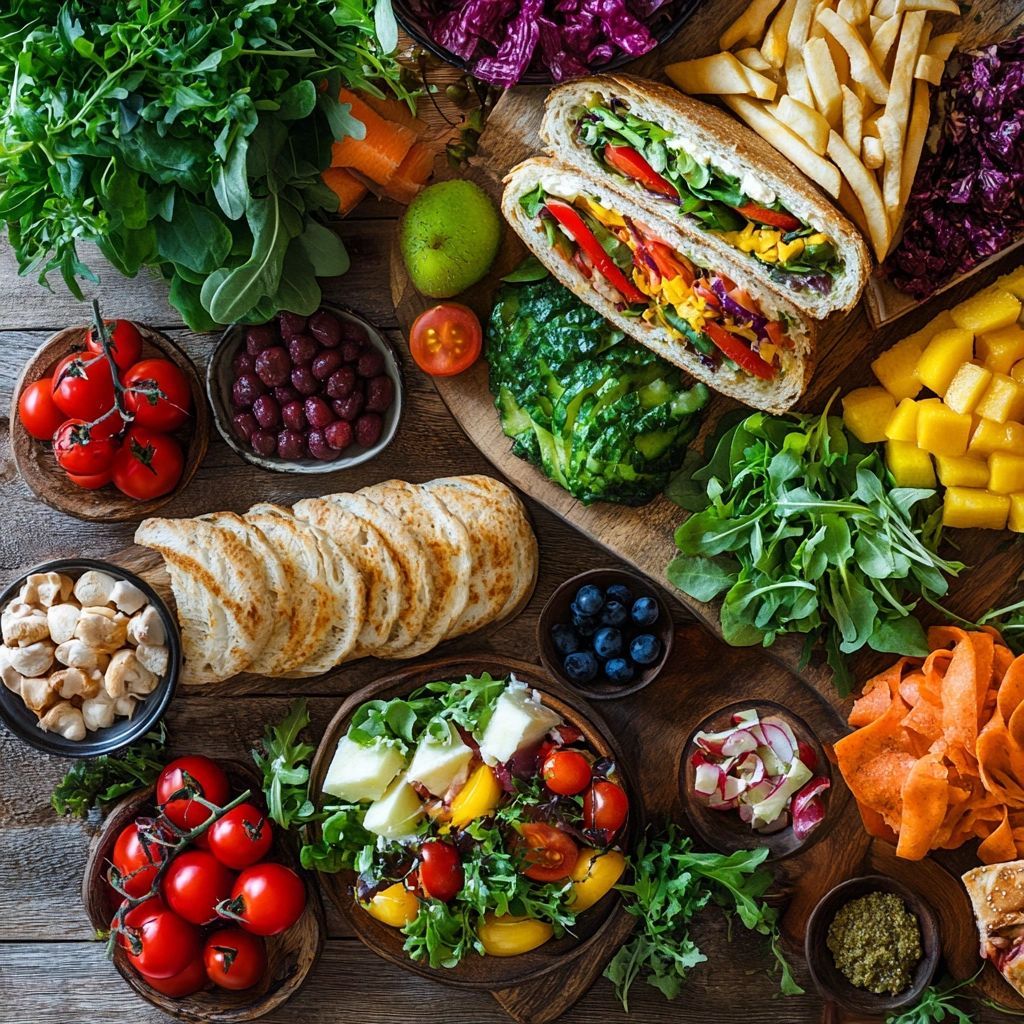Lunch is a delightful pause in our day, offering nourishment, energy, and often a chance to bond with family, friends, or coworkers. But what exactly defines lunch food? Is it something warm and hearty, a quick grab-and-go snack, or a fresh and vibrant salad? Across cultures and diets, lunch foods vary dramatically. This article explores the diverse world of lunch meals, delving into their history, cultural significance, and popular choices.
Understanding Lunch Foods
Definition of Lunch Foods
Lunch foods are typically those consumed during the mid-day meal, bridging the gap between breakfast and dinner. Often, they’re designed to be energizing, convenient, and satisfying. While sandwiches and salads are iconic choices in many regions, some cultures embrace heavier meals, such as rice and curry, pasta dishes, or grilled meats. Essentially, lunch foods reflect the needs and lifestyles of individuals, whether it’s a quick bite at work or a leisurely meal at home.
Historical Perspective on Lunch Meals
The concept of lunch as a distinct meal developed alongside societal shifts. During the agricultural era, lunch was a substantial break for fieldworkers. In industrialized cities, workers required portable and efficient meals, giving rise to foods like sandwiches. Over time, urbanization and globalization introduced new flavors and dining habits, transforming lunch into both a cultural and personal experience.
Cultural Variations of Lunch Foods
What’s considered a lunch food in one country might seem unusual in another. For instance:
- In Japan, bento boxes filled with rice, fish, and vegetables are staples.
- In Italy, a light pasta dish or panini might define lunch.
- In India, people often enjoy spicy curries with flatbreads or rice.
This diversity underscores the idea that lunch isn’t just about sustenance—it’s about tradition, taste, and convenience.
Popular Lunch Food Categories
Lunch foods come in all shapes and sizes, from comforting classics to quick and nutritious options. Each category reflects a mix of convenience, flavor, and personal preference, making lunch the most customizable meal of the day. Let’s dive into some of the most popular lunch food categories that grace tables worldwide.

Sandwiches and Wraps
When it comes to lunch, sandwiches and wraps often steal the spotlight. Why? They’re portable, endlessly customizable, and perfect for a busy lifestyle.
Sandwiches, a staple of Western diets, range from hearty deli classics to simple peanut butter and jelly options. Variations like club sandwiches, grilled cheese, and turkey subs show the meal’s versatility. Meanwhile, wraps—like chicken Caesar wraps or hummus and veggie versions—offer a fresh twist, often incorporating lighter ingredients and bold flavors.
The beauty of these options lies in their simplicity. A few slices of bread or a tortilla, some proteins like chicken or tofu, fresh veggies, and a flavorful sauce can create a satisfying, healthy, and portable meal.
Salads and Soups
bring a touch of comfort and health to the lunch table. Salads, often bursting with fresh greens, fruits, and nuts, are an excellent way to pack in nutrients. Options like Caesar salads, quinoa bowls, or Mediterranean-inspired Greek salads are balanced and flavorful.
Soups, on the other hand, offer warmth and nourishment. From creamy tomato soup paired with crusty bread to hearty lentil stews, soups can transform an ordinary lunch into something cozy and satisfying. Not to mention, they’re an excellent choice for seasonal adjustments—light soups in summer, rich broths in winter.
Pairing a salad with soup creates a dynamic duo that’s filling yet healthy, offering a balance of flavors and textures.
Hot Lunch Options
Some days, only a warm, hearty lunch will do. Hot lunch options often include meals like stir-fried noodles, rice dishes, casseroles, or baked pasta. These meals are perfect for those who crave something more substantial to get through the day.
Take stir-fried vegetables with rice, for instance. This dish combines complex carbohydrates, proteins, and vibrant veggies for a satisfying bite. Similarly, a piping-hot pasta with marinara or pesto sauce can bring comfort and energy, making it a favorite choice in European-inspired cuisines.
Homemade leftovers also shine in this category, whether it’s last night’s roasted chicken, a batch of chili, or stuffed bell peppers. They’re often reheated with ease, making them practical for busy days while still feeling indulgent.
Vegetarian and Vegan Lunch Options
Plant-based diets have gained immense popularity, and the lunch table is no exception. Vegetarian and vegan lunches not only cater to ethical and dietary preferences but also prioritize nutrient-rich, flavorful ingredients.
Vegetarian lunches might include dishes like veggie-packed sandwiches, roasted vegetable quinoa bowls, or hearty mushroom risotto. On the vegan side, lentil-based curries, tofu stir-fries, or avocado wraps provide satisfying and nutrient-dense meals.
Additionally, innovations in plant-based proteins, such as chickpea patties or jackfruit tacos, offer exciting options that don’t skimp on flavor. With a focus on whole foods, these meals provide essential vitamins and minerals while keeping lunch fresh and inspiring.
Quick and Easy Packable Lunch Foods
Life gets hectic, and lunch needs to keep up. That’s where quick and easy packable options save the day. These meals are designed to be prepped ahead, packed up, and eaten wherever your day takes you.
Bento boxes are an excellent example of this trend. These compact meal kits often include a mix of proteins, carbs, and fresh veggies in neatly portioned compartments. Another favorite? Meal-prep salads, stored in jars to keep greens crisp and dressings fresh.
Other quick options include wraps, sandwiches, or even pre-made grain bowls with ingredients like rice, beans, and avocado. These meals prioritize convenience without compromising on flavor or nutrition, making them ideal for office lunches or busy afternoons.
Fusion Foods and Lunch Trends
In today’s globalized world, fusion foods are redefining what’s considered lunch. Korean-inspired tacos, sushi burritos, or Mediterranean shawarma wraps are just a few examples of how traditional meals can be reinvented. These dishes bring bold flavors and creative pairings, adding excitement to the everyday lunch break.
Meanwhile, healthy lunch trends like grain bowls, poke bowls, and avocado toast continue to gain popularity. These meals often emphasize whole, fresh ingredients and offer a balance of textures and tastes. They’re also Instagram-worthy, which doesn’t hurt!
A Balanced Plate for Everyone
What ties all these categories together is their versatility. Whether you prefer the simplicity of a sandwich, the warmth of a soup, or the creativity of fusion foods, lunch is an opportunity to refuel and recharge. The key is to focus on balance—incorporating proteins, carbs, and healthy fats—while catering to your taste buds.
Health and Nutrition Considerations for Lunch Foods
Lunch plays a crucial role in maintaining energy levels and providing essential nutrients to power through the day. When crafting the perfect lunch, considering its nutritional balance is key. Let’s explore how to create meals that are not just tasty but also nourishing.
Balancing Macronutrients: Proteins, Carbs, and Fats
A well-balanced lunch should include all three macronutrients—proteins, carbohydrates, and healthy fats. Proteins, found in foods like grilled chicken, lentils, or tofu, are vital for muscle repair and satiety. Carbohydrates, such as whole-grain bread, brown rice, or quinoa, provide a quick and sustained energy source. Meanwhile, healthy fats from avocados, nuts, or olive oil enhance brain function and keep you feeling full longer.
For instance, a grain bowl with quinoa, roasted vegetables, grilled salmon, and a drizzle of tahini dressing is an excellent example of macronutrient harmony. This balance ensures you remain energized without experiencing the mid-afternoon slump that often follows meals high in refined carbs or sugars.
Incorporating Vegetables and Fruits
Vegetables and fruits are nutritional powerhouses, offering fiber, vitamins, and antioxidants that benefit overall health. Including a generous portion of these in your lunch boosts its nutritional value while adding color and flavor.
Salads are a popular choice for this reason, but vegetables can also be incorporated into soups, wraps, or stir-fries. Think roasted bell peppers in a wrap or shredded carrots in fried rice. For fruits, consider adding fresh berries to a salad or slicing up an apple to enjoy as a side.
Variety is essential here. Each vegetable and fruit has its unique set of nutrients, so mixing it up ensures you’re getting a wide range of health benefits.
Healthy Beverages to Complement Lunch
What you drink with your meal matters as much as the food itself. Water is always a smart choice, as staying hydrated supports digestion and energy levels. Infused water with lemon, cucumber, or mint can make hydration more enjoyable.
Smoothies made with fresh fruits, leafy greens, and a scoop of protein powder are another excellent option. They’re especially useful for those on the go, offering a nutritious, drinkable sidekick to your lunch.
Herbal teas, such as chamomile or peppermint, can also complement certain meals and aid in digestion. Avoid sugary sodas or juices that add empty calories without real nutritional benefits.
Portion Control and Mindful Eating
While crafting a nutritious lunch, it’s essential to focus on portion sizes. Overeating, even healthy foods, can leave you feeling sluggish. A good rule of thumb is to fill half your plate with vegetables, a quarter with lean proteins, and the remaining quarter with whole grains or starches.
Mindful eating—taking the time to savor your meal—can enhance the experience. This practice not only helps with digestion but also prevents overeating. By listening to your hunger cues, you can enjoy a satisfying lunch that keeps you energized throughout the day.
Global Perspectives on Lunch Foods
Lunch is a meal with endless interpretations across the globe. While it serves the same purpose everywhere—providing sustenance and a mid-day break—its preparation, presentation, and flavors vary widely. Exploring global lunch traditions reveals how culture, climate, and history influence what is considered a lunch food.

American Lunch Favorites
In the United States, lunch tends to emphasize convenience. Staples include sandwiches, burgers, and salads, often accompanied by chips or fries. A turkey and avocado sandwich, for example, is a classic choice for its simplicity and balanced nutrition. Fast food also plays a significant role, with options like tacos, chicken wraps, or takeout salads becoming go-to meals for busy workers.
For those who prepare lunch at home, soups and leftovers from dinner are common. The rise of meal prepping has brought dishes like quinoa bowls with grilled chicken and roasted vegetables into popularity, reflecting a growing preference for healthier and more balanced meals.
Asian Lunch Specialties
In many Asian countries, lunch is a feast of bold flavors and hearty portions. In Japan, bento boxes offer a well-rounded meal with rice, fish, pickled vegetables, and sometimes fruit. These neatly compartmentalized meals are both visually appealing and nutritionally balanced.
In China, a typical lunch might include a variety of stir-fried dishes served with rice or noodles. Dumplings, wontons, and steamed buns are also popular, offering a blend of textures and flavors. In India, lunch often features a thali—a platter with small servings of various dishes, including curries, rice, dal (lentil stew), and chapati.
Street food plays a huge role in Asian lunches as well. Pad Thai in Thailand or pho in Vietnam are beloved options that are flavorful, affordable, and widely accessible.
European Lunch Traditions
Europe’s approach to lunch varies significantly across the continent. In Mediterranean countries like Italy or Spain, lunch is traditionally the largest and most leisurely meal of the day. Pasta dishes, fresh salads, and seafood often feature prominently, accompanied by crusty bread.
In France, a typical lunch might include a baguette sandwich with ham and cheese or a light salad. The emphasis is often on fresh, high-quality ingredients rather than elaborate preparation. Scandinavian countries, on the other hand, favor open-faced sandwiches (smørrebrød), topped with fish, meats, or vegetables, showcasing a minimalist yet satisfying style of eating.
Other International Lunch Inspirations
Latin America offers its own unique take on lunch. In Mexico, tacos filled with grilled meats, beans, and fresh salsa are popular. Meanwhile, Brazil serves hearty dishes like feijoada, a black bean stew with rice and greens.
The Middle East brings dishes like falafel wraps, tabbouleh salads, or hummus with pita bread to the lunch table. These meals often combine fresh vegetables, legumes, and robust spices, making them both nutritious and flavorful.
In Africa, staples like jollof rice in West Africa or injera with lentils in Ethiopia showcase regional ingredients and cooking traditions.
Each region’s approach to lunch highlights the diversity of this mid-day meal, proving that there’s no one-size-fits-all answer to what makes a perfect lunch.
FAQs
Lunch foods are a topic of endless curiosity, with people often seeking clarity on what works best for their lifestyle and dietary needs. Here are some frequently asked questions about lunch foods, along with detailed answers to guide your meal choices.
1. What makes a dish suitable for lunch?
A suitable lunch dish is one that provides a balance of nutrients, satisfies hunger, and fits the time and effort available for preparation. Ideally, it includes a mix of protein, carbohydrates, healthy fats, and vegetables or fruits. Quick options like sandwiches or wraps are convenient, while heartier dishes like pasta or rice bowls are better for sit-down lunches. The key is adaptability, allowing meals to be customized for individual preferences.
2. Are there specific lunch foods for kids vs. adults?
Yes, lunch foods for kids often focus on being easy to eat, appealing, and nutritionally dense. Items like mini sandwiches, fruit cups, and cheese sticks are common choices. For adults, the variety expands to include salads, grain bowls, and more complex flavors like spicy curries or sushi. However, with the right presentation, many adult meals can work for kids too, such as wraps or mini portions of stir-fry.
3. How can I make a quick and healthy lunch?
Preparing a quick and healthy lunch can be as simple as:
- Using leftovers creatively, like turning roasted vegetables into a salad.
- Preparing a protein-rich wrap with chicken, hummus, and veggies.
- Assembling a grain bowl with quinoa, avocado, beans, and greens.
Meal prepping on weekends or keeping ready-to-eat ingredients like pre-washed greens and cooked proteins in the fridge can save time during busy weekdays.
4. What are some affordable lunch food options?
Affordable lunches often rely on staples like rice, beans, eggs, and seasonal vegetables. Examples include:
- A vegetable stir-fry over rice.
- A simple pasta salad with olive oil, veggies, and canned tuna.
- Soups made from lentils, chickpeas, or other legumes.
Batch cooking can also reduce costs while ensuring you have multiple portions ready to go.
5. Is it okay to have dinner leftovers for lunch?
Absolutely! In fact, using dinner leftovers for lunch is one of the easiest ways to save time and reduce food waste. Many dishes, such as casseroles, curries, or roasted meats, taste just as good (if not better) the next day. Simply reheat and pair them with fresh sides like a salad or steamed veggies for variety.
6. What are the best lunch foods for weight loss?
For weight loss, lunch foods should focus on being nutrient-dense and low in empty calories. Some great options include:
- Salads with lean proteins like grilled chicken or chickpeas.
- Soups made with broth, vegetables, and legumes.
- Wraps or bowls featuring whole grains, lots of veggies, and moderate amounts of healthy fats like avocado or nuts.
Portion control is key, as well as avoiding high-calorie dressings or fried foods.
Conclusion
Lunch foods are incredibly diverse, reflecting a world of flavors, traditions, and dietary needs. From quick sandwiches to elaborate thalis, every culture brings something unique to the table. By understanding these variations and focusing on health, nutrition, and taste, lunch can become more than just a meal—it can be a daily highlight.

